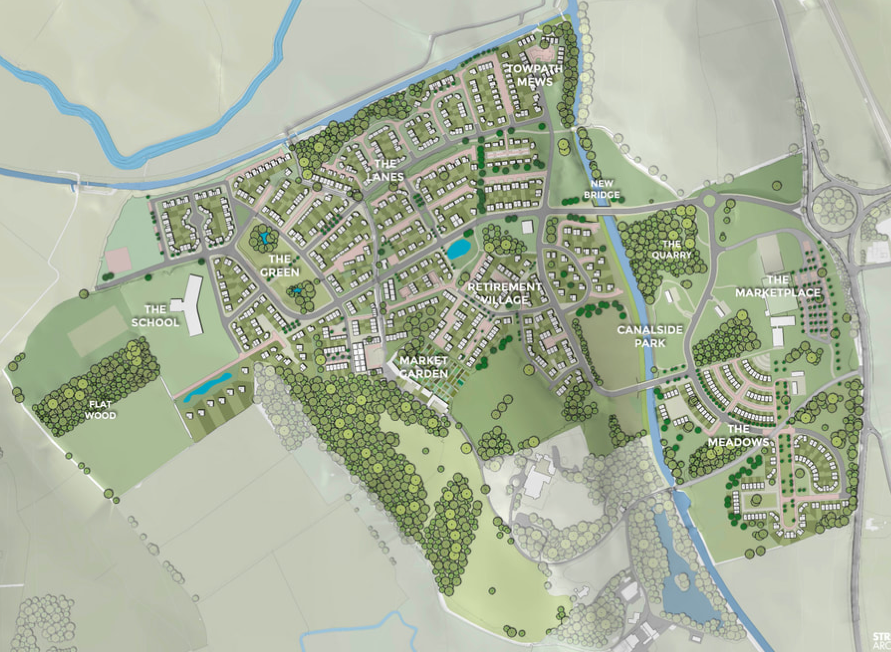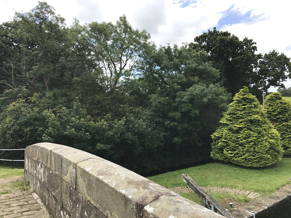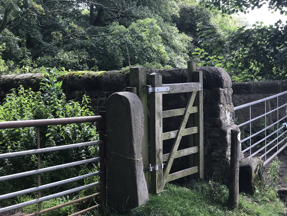Ellel Gardens
the brief
Arrow was invited to an initial meeting where Andrew Stanyon, owner of the development, outlined his vision for the site:
“In order to truly deliver a great village, we need to think not only about homes, but about jobs and community spirit. The work, life balance will over the coming years become more and more important. Our vision is to create a truly sustainable village, a village where new families are encouraged to set up home, to build new roots, to grow their families.”
The meeting was also used to explore the potential energy solutions for the site.
“We were delighted to have been awarded the contract for the stage 2 mechanical & electrical design at Ellel Gardens, and were then introduced to the architects Stride Treglown based in Manchester.”
The specific scope of work is to develop RIBA concept stage 2. The following components are included within this stage:
the project
The scheme consists of properties varying in size and quantity, including a market place, a school, a market garden, office space and a retirement village.
One of the key areas of Arrow’s work is to support the scheme with our experience in the renewable and sustainable areas of the development.
Arrow focused on the carbon footprint of the scheme and therefore in reducing the footprint of energy production, generating electricity locally is a fundamental element. If this is also incorporated with the generation of heat then the carbon normally generated on schemes such as these can be significantly reduced.
Therefore this approach to local energy generation is the challenge Arrow have established for the Ellel Gardens project. Centralised energy production, thermal electric generation, heat pumps, combined heat and power and solar are the key technology elements of this project.
“Combining these key elements with district heating and private electric supply networks, servicing the energy demands across the site, would then establish a foundation for reducing the impact on the environment and harness the ability to utilise the waste heat energy in the development of electricity generation.
In terms of supporting the circular environment, electricity generated by the waste heat can then be used to provide electric car charging stations. Supply electricity for street lighting and general site lighting.”







